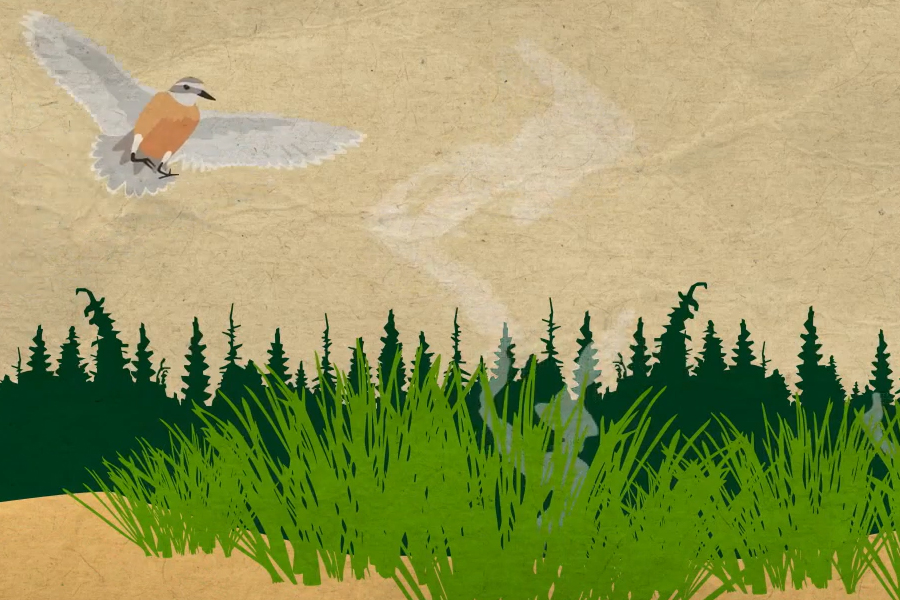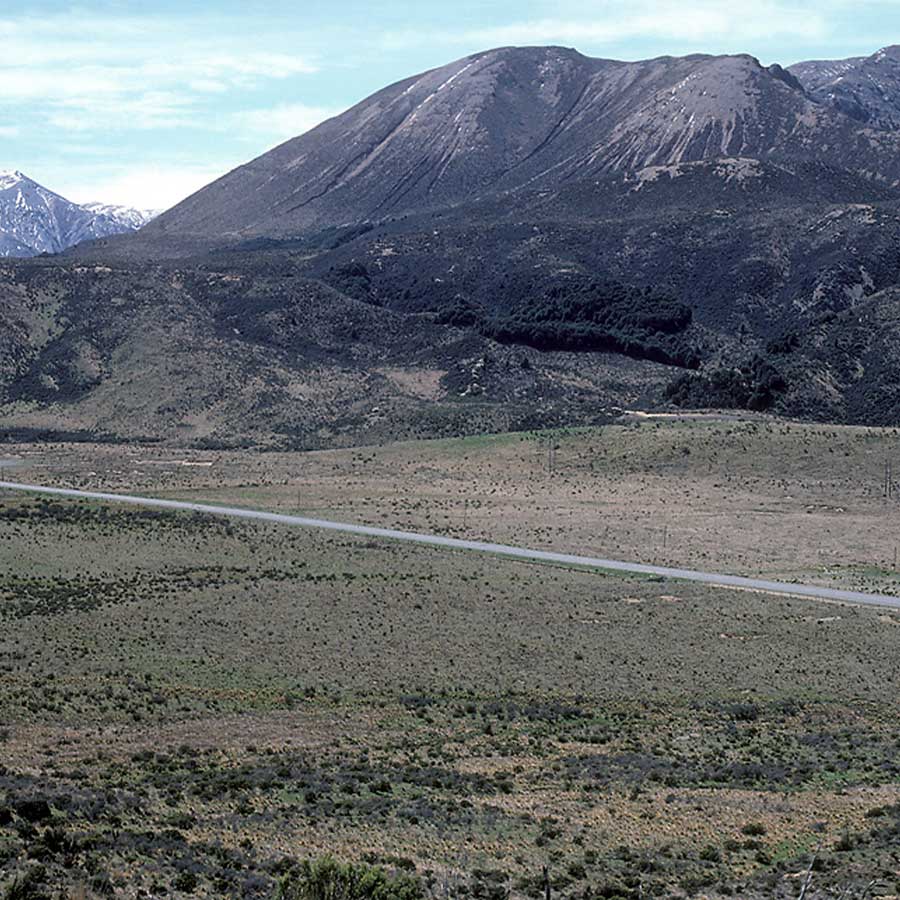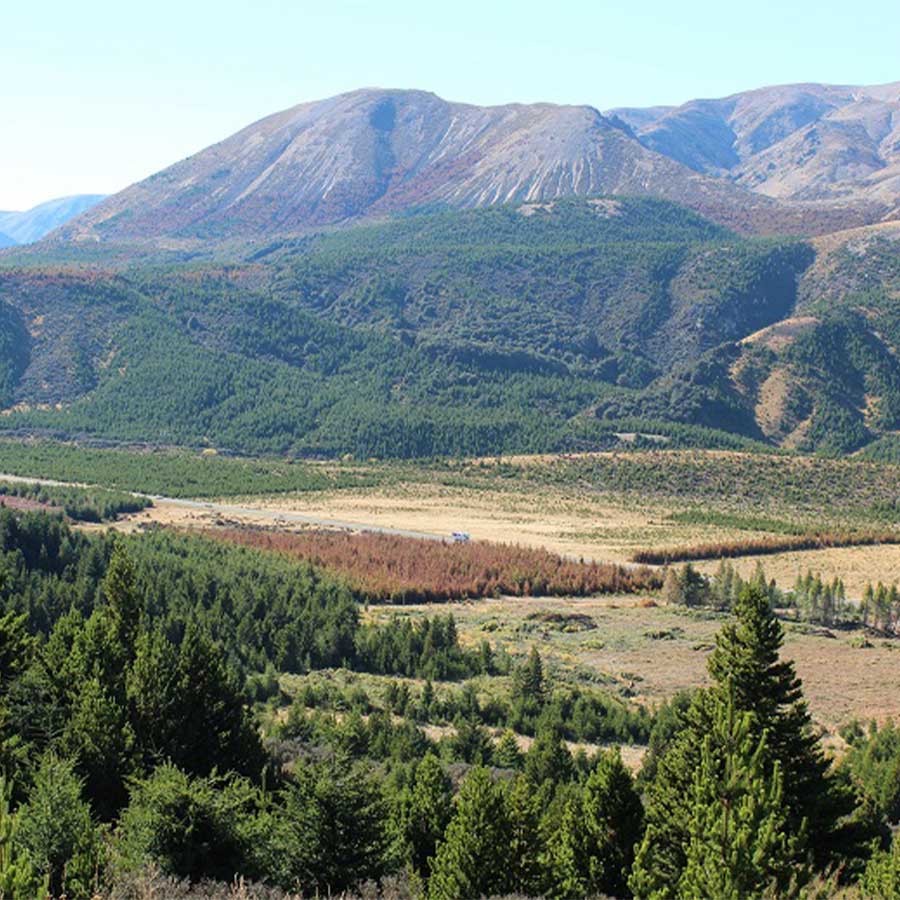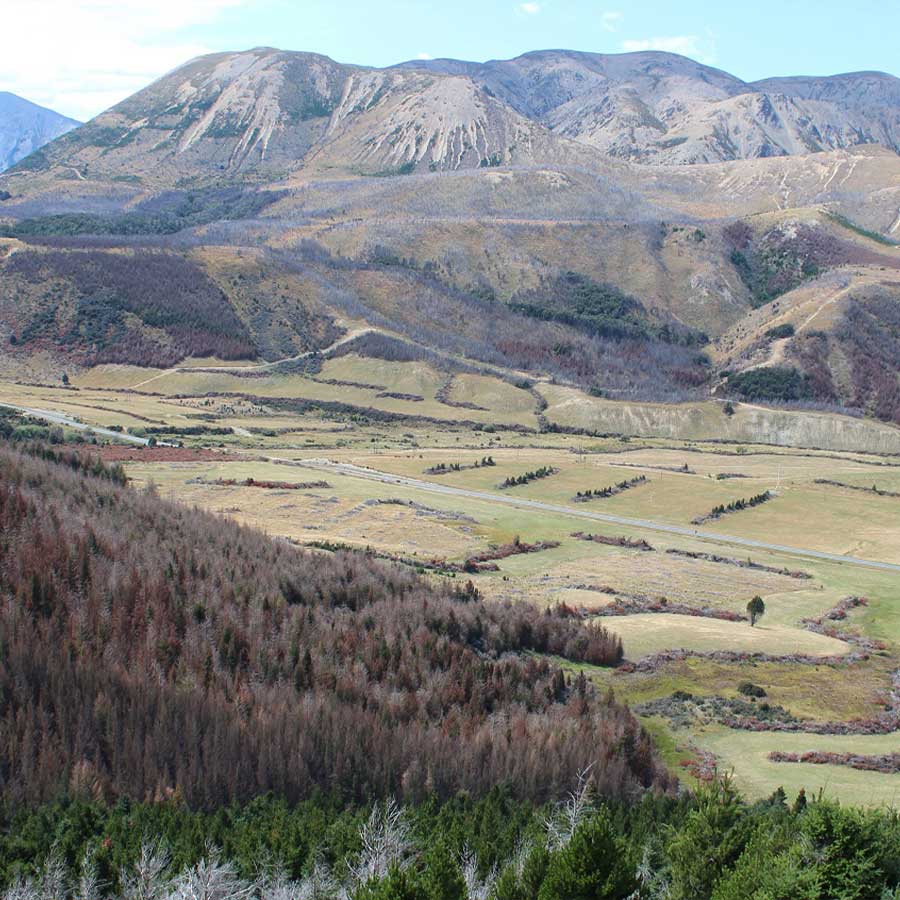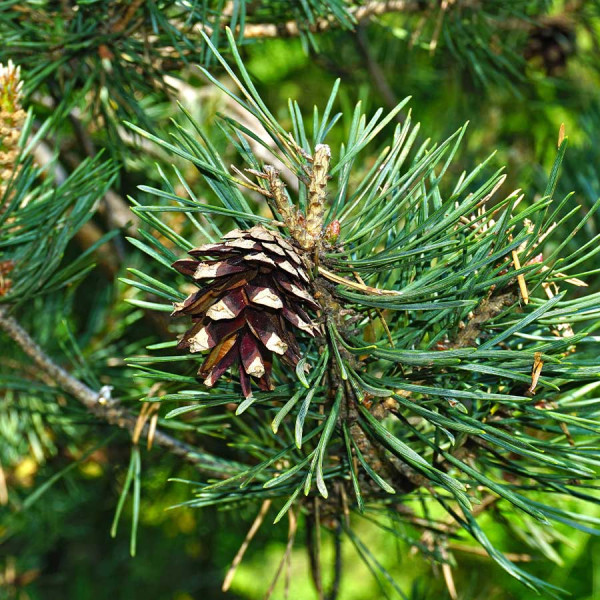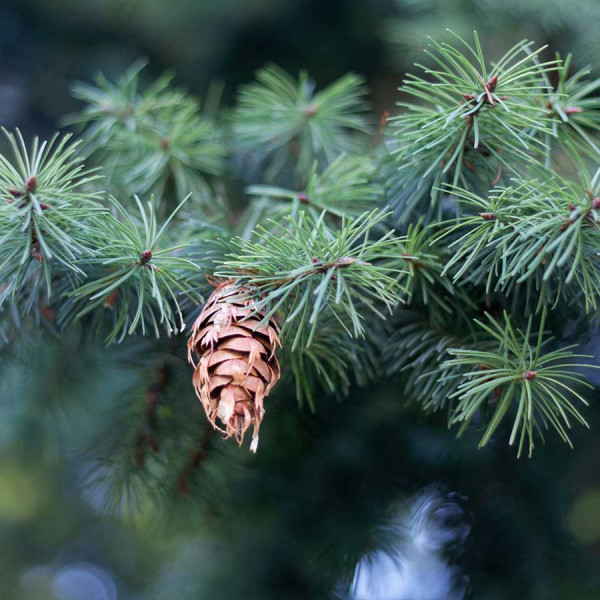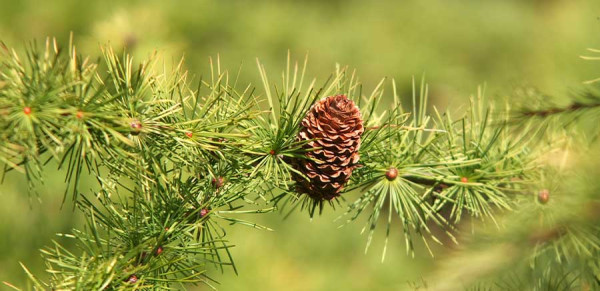What's the problem with wilding pines?
Discover why wilding pines are a problem, why they are a threat to our natural environment, and learn how to identify the predominant wilding pine species we have in Canterbury/Waitaha.
What are wilding pines?
Wilding pines are species of conifer that have self-seeded and are growing where they shouldn't.
Exotic conifers, including pines, were introduced to Aotearoa New Zealand for use as timber, shelter and erosion control. They adapted well here and grow and spread too quickly creating dense infestations.
Not all conifer species are a problem in this region - some are more spread-prone and invasive than others.
| Common name | Scientific name |
|---|---|
| Bishops pine | Pinus muricata |
| Contorta (lodgepole) pine | Pinus contorta |
| Corsican pine | Pinus nigra |
| Douglas fir | Pseudotsuga menziesii |
| European larch | Larix decidua |
| Maritime pine | Pinus pinaster |
| Mountain pine and dwarf mountain pine | Pinus mugo and P.uncinata |
| Ponderosa pine | Pinus ponderosa |
| Radiata pine | Pinus radiata |
| Scots pine | Pinus sylvestris |
Why are they a pest?
They are an extremely invasive pest plant - their seeds can travel on the wind for many kilometres, and they grow quickly and spread exponentially.
There are economic, social and cultural impacts of wilding pine spread in Canterbury/Waitaha including:
- Loss of productive farmland and precious water resources (they are very thirsty trees).
- Destruction of native biodiversity as they smother native plants and reduce the habitat for native animals.
- Increased wildfire hazard and intensity.
- Dramatic changes to iconic landscapes and scenery.
- Negative impacts on culturally and historically important landscapes and sites.
Unlike well-managed plantation forests, wilding pine infestations are rarely a usable resource.
Unless we work together to prevent the spread of wilding pines it's estimated that more than 25 per cent of New Zealand would be covered by dense wilding infestations within 30 years.
How to identify wilding pines
Pines are woody plants that have cones instead of flowers. You can identify pine species by the appearance of their needles, cones and bark using the Wilding Conifer Quick ID Guide.
For more in-depth information, visit the New Zealand Plant Conservation Network's website via the links below.
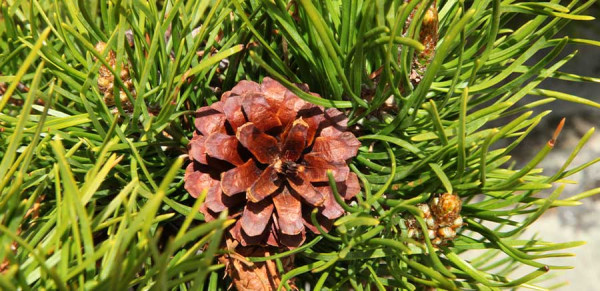
Lodgepole pine
Pinus contorta
Large shrub or small to medium-sized tree (sometimes large in cultivation); habit erect or spreading. Branches straight or somewhat twisted. Bark reddish-brown, grey on surface, fissured and forming small plates.
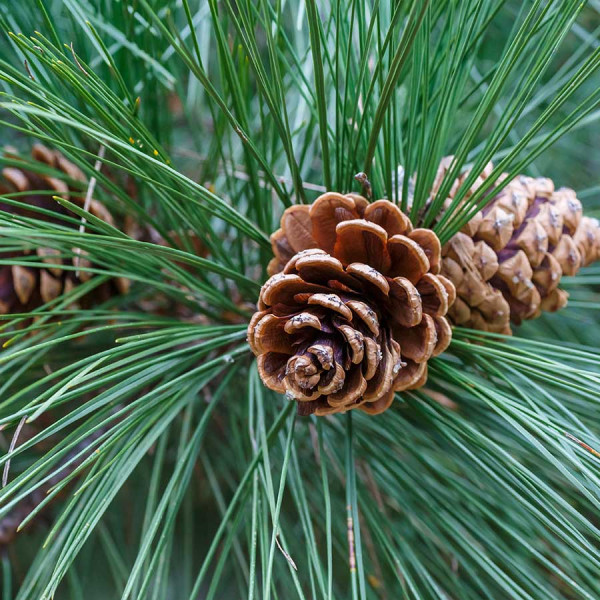
Corsican pine
Pinus nigra
Tall tree to 40 m with open-branching habit. The dark brown bark is fissured and forms scaly plates.
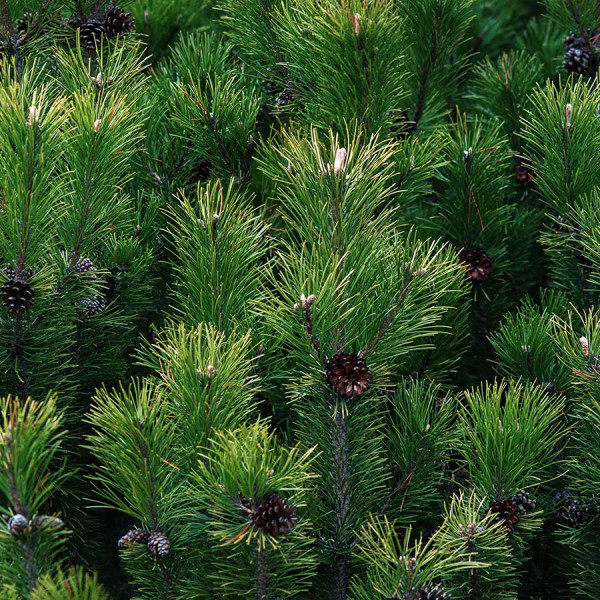
Mountain pine
Pinus mugo
Small tree or multi-stemmed shrub. Dark green rigid leaves, more or less curved but not twisted.
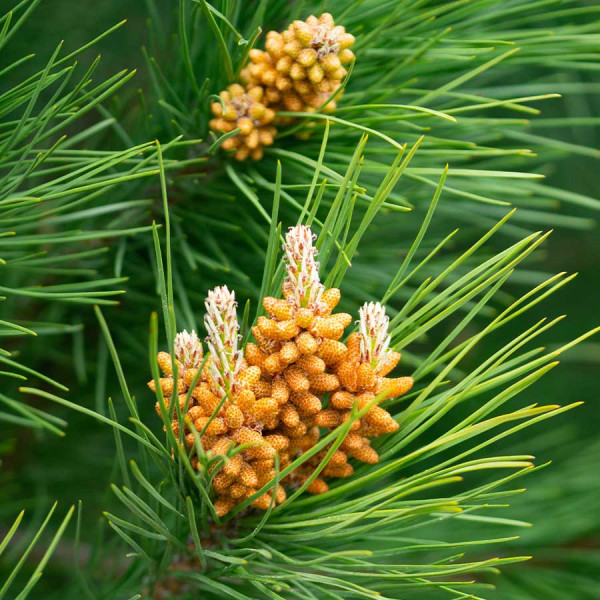
Radiata pine
Pinus radiata
Medium to large tree. Needles are slender, 15 cm long, deep or dark green and held in bunches of 3.
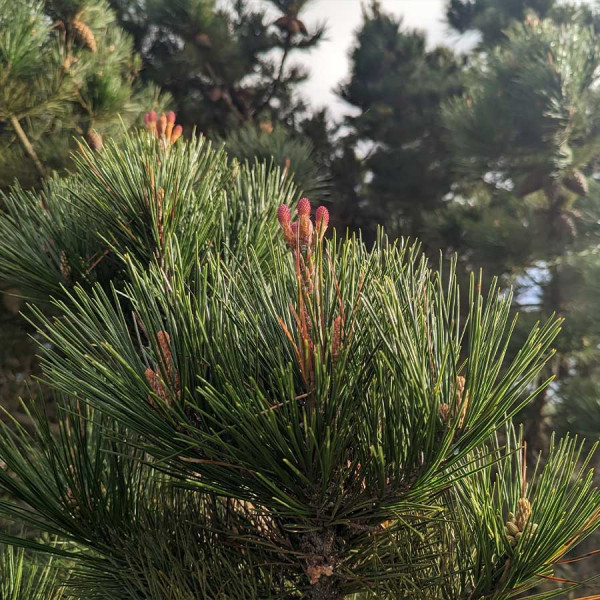
Bishops pine
Pinus muricata
Medium sized tree up to 25 m high with straight trunk, and spreading or slightly drooping branches.
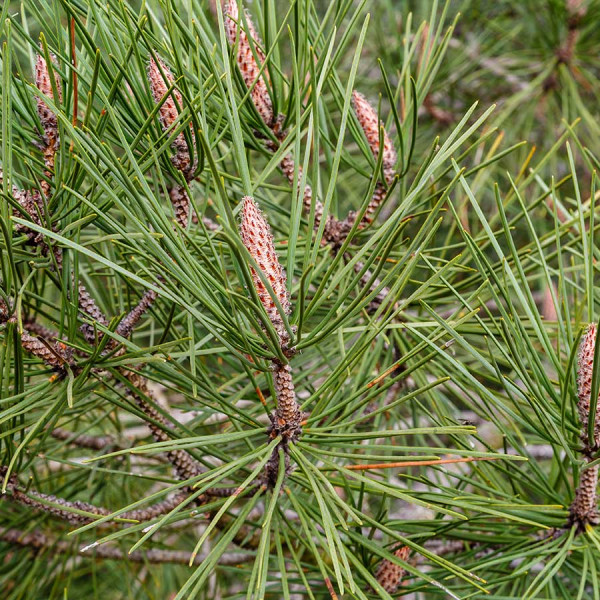
Maritime pine
Pinus pinaster
Medium-sized to large tree with open crown, the stout trunk becoming bare of branches for most of length.
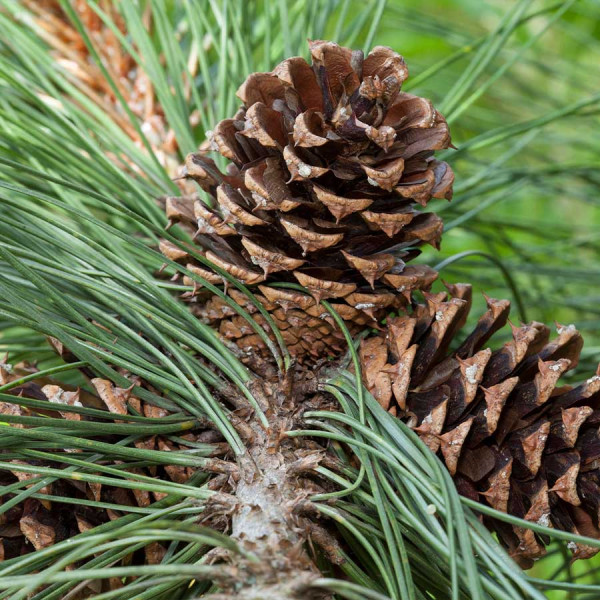
Ponderosa pine
Pinus ponderosa
Medium to large tree. Needles are 25 cm long, rigid, dull-green, in bunches of 3, projecting forward.

